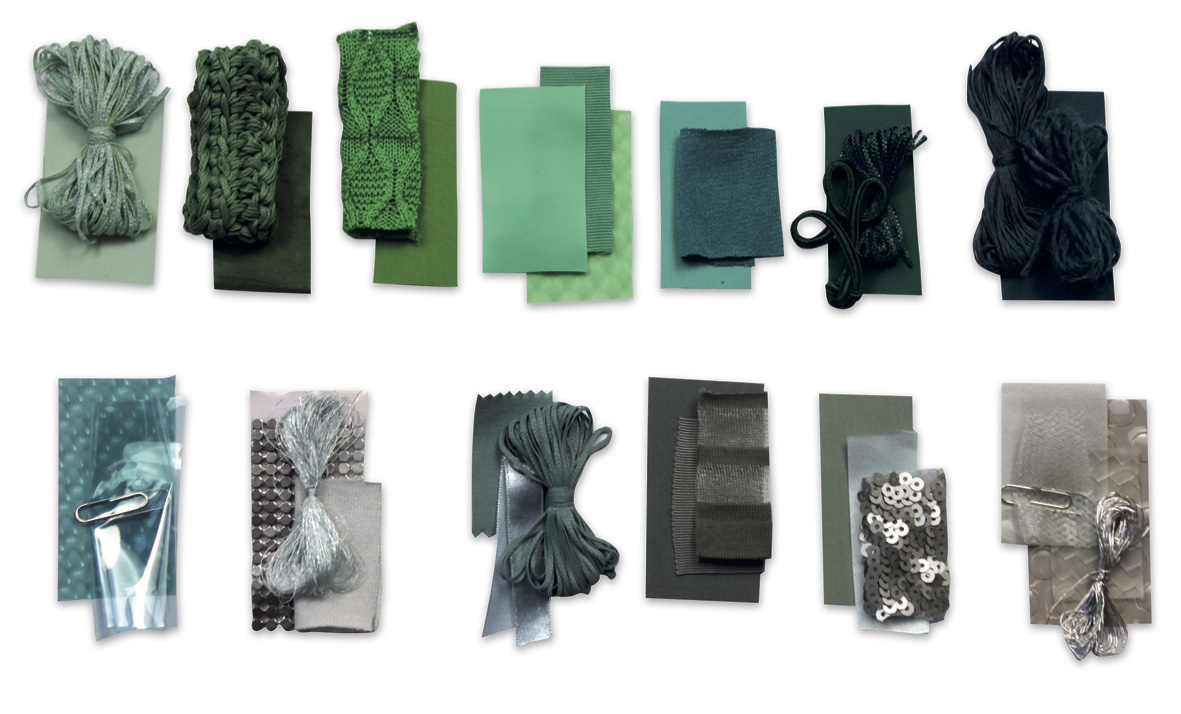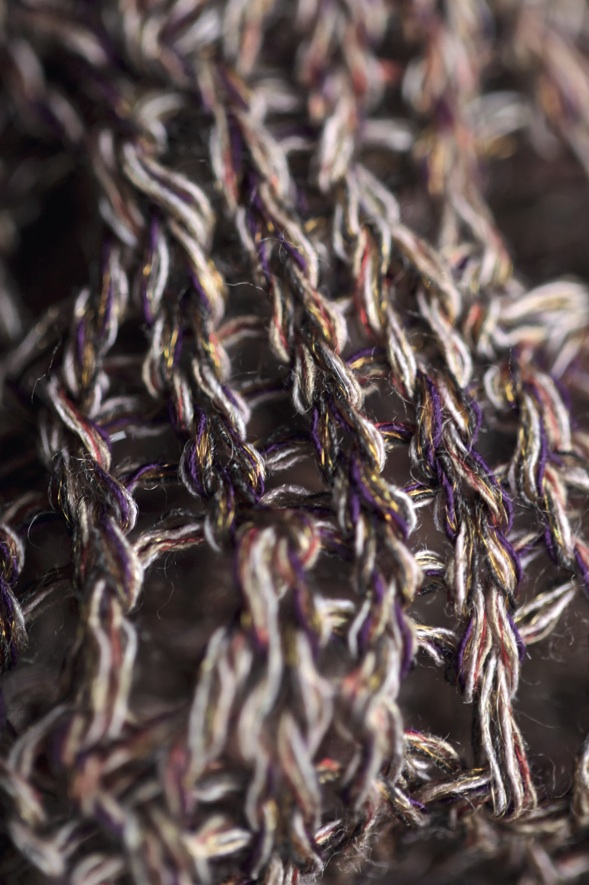
SPINEXPO Shanghai: Create and educate
Increasing wages, higher costs and a scarcity of workers compelled factories and buyers to explore opportunities offshore, moving the knitwear production out of China.

19th May 2015
Knitting Industry
|
Shanghai
SPINEXPO, a leading yarn and knitwear trade show that caters for knitters, weavers, hosiery manufacturers and ready-to-wear brand manufacturers, is re-creating its trend and marketing areas to offer a larger proposal of colours and stitches, mixes of active/performance garments and vintage hosiery-inspired knitwear, with a focus on the seasonal novelty yarns.

The trade fair that takes place from 1-3 September in Shanghai will also focus on the possibilities and future prospects of knitwear production in China, discussing the benefits of keeping the knitwear manufacturing in China with fibre producers, spinning and knitwear specialists.
Increasing wages, higher costs and a scarcity of workers compelled factories and buyers to explore opportunities offshore, moving the knitwear production out of China. However, mixed experiences in alternative markets have led many to refocus on China.

“China is still the primary place for knitwear production. We ship most of our orders to China, and during the past few years only around 10% were shipped to other countries. European brands are the ones mainly shifting some of their production near to home and working with Turkey or Eastern Europe,” said Max Ng, Sales Manager at Novetex (Hong Kong).
“Medium to high-end knitting is still in China. Only about 20% of the basics will move-out of China in the next five years," said Sergio Locoli, Executive Director at Filpucci. “For fancier knits, China still owns the market. Vietnam and Cambodia are coming up, but that is a long shot. At the moment, lack of skills, long delivery time, and poor infrastructure are going to undermine their competitiveness.”
What is keeping the knitting industry in China is the combination of three factors: the ability to do complex garments, efficiency, and automation, organisers report. “Knitting is still in China, especially for cashmere sweaters. Our high-end clients value quality and reliability over price so they stay in China,” said Feng Lei, General Manager at Hongye Cashmere.

The commitment to the future of China’s knitwear is reflected in the investment in new machinery. “About sixty-70% of our machines are now sold to China,” said Livio Rodar, Product Manager, Seamless Division at Santoni (Italy).
“The growth of our sales in China might be slowing, however it is still our biggest market,” added Masaki Karasuno, director of Total Design Center at Shima Seiki.
Positive outlook
“Regional operations will stay in China. Southeast Asia will gain some market share, but it is very difficult to run your entire business out of South East Asia because it lacks the support, such as middle management to run the factory, suppliers of raw materials, accessories and chemicals, not to mention the poor infrastructure,” said Fen Hao Ran, General Manager at Shanghai Honor Textile. “Knitting is already a highly automated, capital intensive industry. It will be difficult for less developed countries to catch up with China.”

Chinese knitters are also very confident about the future. Over the years, many of them moved up the value chain, and gained strategic advantages over their South East Asian competitors.
“In terms of labour cost, China is more expensive than South East Asia. However, for more complicated products, there is still no alternative. Therefore, from the beginning, our strategy has been to do what other countries could not do. We have very unique knitting processes and proprietary techniques to differentiate ourselves. For us, the competition from low cost countries is actually the least of our concerns,” said Jacky Chen, Director at Yarns & Colors.

Business intelligence for the fibre, textiles and apparel industries: technologies, innovations, markets, investments, trade policy, sourcing, strategy...
Find out more